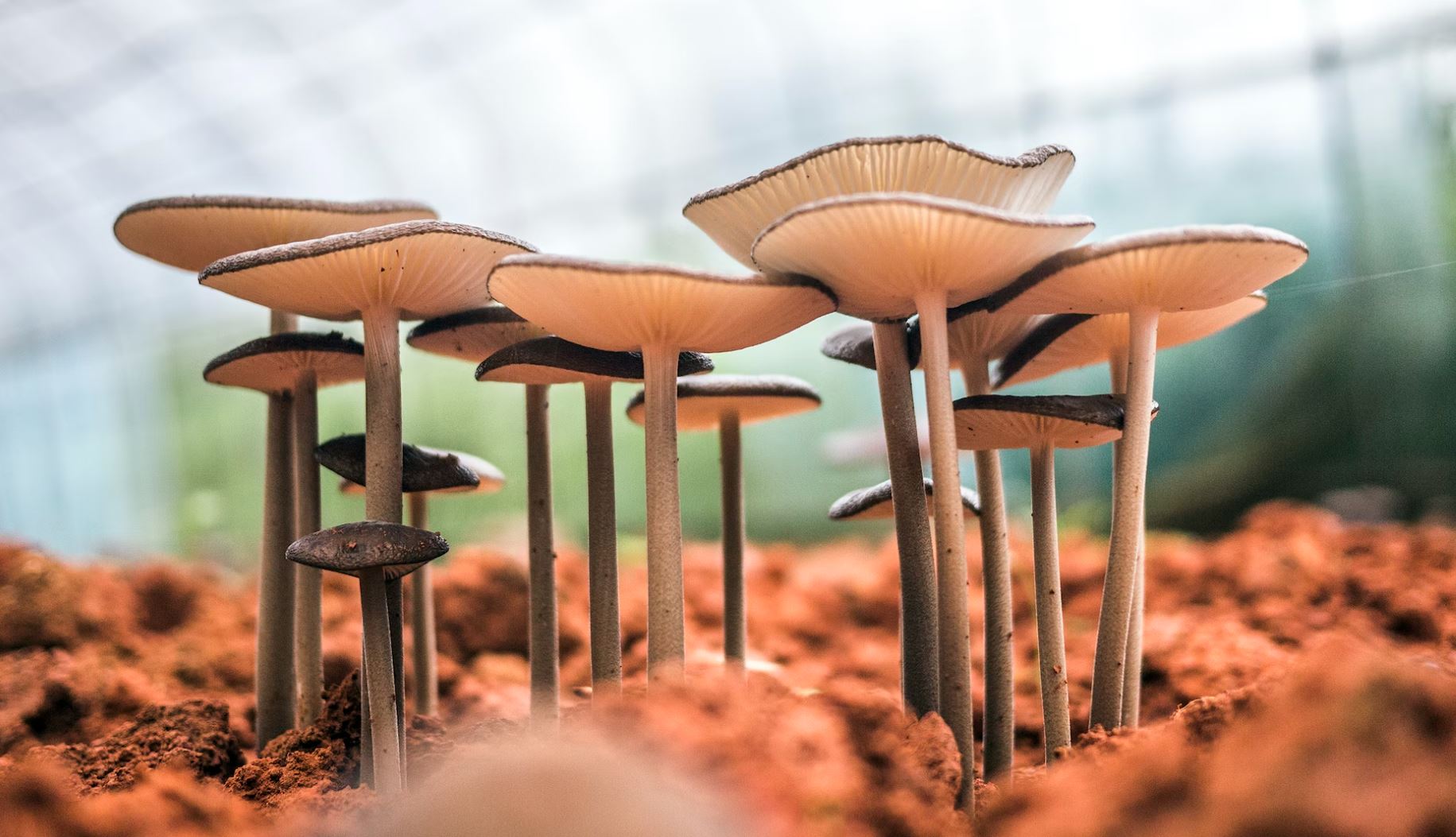Advantages of Growing Mushrooms in a Greenhouse
Greenhouse production has seen a surge in growth over the years, with climate change and the ever-growing demand for produce.
Greenhouse production has seen a surge in growth over the years, with climate change and the ever-growing demand for produce. Tomatoes, cucumbers, and peppers have been regular staples for some time now, with eggplant added only several years ago. If current trends hold steady, mushrooms and strawberries could soon be major players in this industry like lettuce and greens, for example.
As GGS Structures continues to explore potential new crops that could be grown in greenhouses, we are actively keeping an eye on the developments in the industry.
In addition to our research efforts, we're always monitoring the market to stay up-to-date on new trends and opportunities. One of the latest trends we've identified is greenhouse mushroom production. The unique requirements of mushroom cultivation make it an excellent fit for greenhouse technology, and we're excited about the potential benefits this could bring to our customers.
From climate control to efficient use of space, almost everything involved in mushroom production is unique to this crop. By leveraging our expertise in greenhouse technology, we can help our customers realize the full potential of this exciting new trend. We're committed to providing the highest quality products and services to our customers, and we believe that our focus on innovation and research sets us apart in this industry.
With the growing knowledge among consumers about different sorts of mushrooms, we see an increase in mushroom varieties on store shelves. Not only that, but interest is also emerging for psychedelic types, which could be part of future cultivation opportunities. The selection and variety of grow plans will depend on what sort of mushroom you choose to cultivate.
Growing Mushrooms in a Greenhouse
In terms of growing conditions, light levels, humidity, and temperatures, different types of mushrooms may demand very different things. Consider your mushroom production and distribution goals when researching mushroom cultivation and trying to figure out which mushroom varieties work best. A better grasp of efficient harvesting techniques can be attained by learning what product requirements are shared or different between species.
To achieve the highest success rate in mushroom cultivation, it's crucial to design a customized growth plan for your mushroom species. This will help you determine the most suitable greenhouse production, systems, and tools required for optimal growth based on your specific needs. By tailoring your growth plan, you can ensure the greatest success for your crop. A commonly used growing medium for mushrooms is a combination of aged horse manure and straw that has been broken down for easy use.
Some mushroom varieties are ideally cultivated on decaying logs and wood-based mediums for optimal growth. To start the process, spawn is used, which functions similarly to seeds in plants. The spawn is placed on the medium and kept in a warm, moist, and dark environment where it grows into mycelium, forming the basis for mushroom production. However, it is crucial to avoid cross-pollination, as it can alter the characteristics of the mushroom, and this should be closely monitored to ensure that it does not occur.
Most mushroom growers start with mycelium because the companies that specialize in providing the industry produce it. They are as close to buying greenhouse tomato plants from specialty propagators as you can get in this instance.
What Makes Greenhouse Mushroom Production the Way to Go?
Greenhouse mushroom production offers two distinct advantages to traditional outdoor growing. The first is the protection provided by the greenhouse environment from extreme weather events. Mushrooms are sensitive to sudden shifts in temperature or humidity. This makes a controlled and consistent greenhouse environment a great way to increase harvests over time.
The second advantage of this kind of production is the elimination of pests and diseases. Insects, birds, and mammals can wreak havoc on outdoor mushroom crops growing in exposed locations. A greenhouse offers protection from these issues, allowing more consistent harvests.
In the upcoming blog, we will dive into what is necessary for constructing a greenhouse that produces mushrooms. In the meantime, if you need additional information regarding your greenhouse plans, call or email the GGS team and let's chat.
